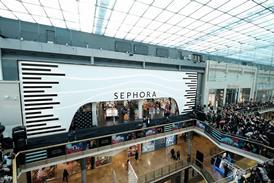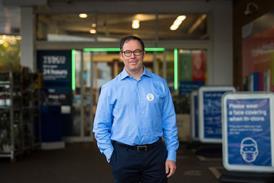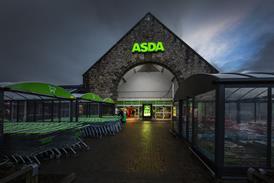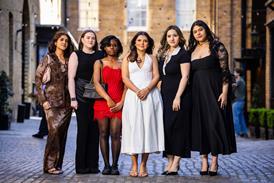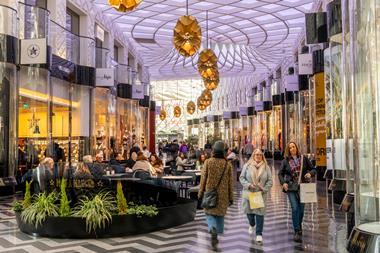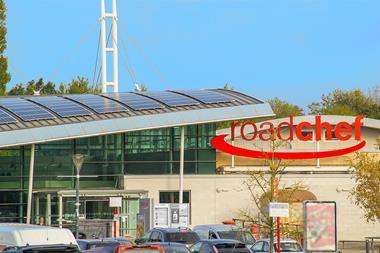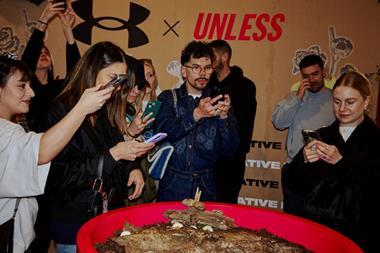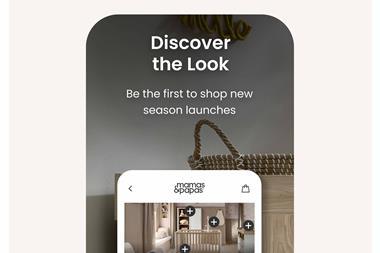Brands must ensure they inspire excitement and a sense of belonging to stay relevant, says Richie Heron, vice-president for product methodology at Toluna.
The days of doing things the way they’ve always been done and expecting similar results are over. Global changes have turned everything on its head, from what consumers want from brands to how companies handle ever-changing demands.
Losing touch with your target audience isn’t an option. Keeping in touch is a constant work in progress.
But what about building and maintaining brand health moving forward? Our recent webinar, Is Your Brand Future Fit?, explored exactly that to underline the importance of brands creating future relevance moving beyond brand equity.
Brand values and consumer expectations
When it comes to connecting with your target audience, there’s no substitute for truly knowing them. The more meaningful data you have, the more successful your outcomes.
Let’s look at an example of data-driven insights informing savvy business decisions today:
- 25% of consumers engage with brands that align with their values
- 38% stopped supporting brands that don’t align
- 57% are more likely to buy a brand that aligns
(Data collected from our global consumer barometer – conducted monthly in 14 countries)
When it comes to the most important values consumers prioritise, 51% say sustainability and being environmentally friendly; 48% say consumer support and customer service; 47% say value; 34% say humanitarian; 27% say supporting racial equality; 26% say supporting gender equality; and 26% say a sense of community or community support.
You can strengthen your consumer relationship by standing for something that aligns with their priorities. Brands must increasingly stand for something and participate in culture, society or politics to stay relevant.
Beyond values, data shows approximately 40% have a specific brand in mind, 40% decide based on public reviews and 20% purchase based on price. This emphasises the importance of consumer reviews for today’s brands.
As we move further into 2021, consumers expect brands to clearly communicate their values and are motivated by different factors going into purchase. The only way to determine what’s important to your specific target audience is to ask them directly.
Moving beyond linear brand management
Maintaining a strong brand is crucial to stay competitive. Brand health management includes measuring how you’re performing while ensuring the data accurately reflects how people interact with you and what they expect from you.
But how should brands be measured? And are yesterday’s metrics still applicable in today’s world?
These questions inspired our work with Aston Business School at Aston University in the UK, resulting in the development of our ’hi-brands’ model, which holistically measures and monitors brand health.
Traditional brand models are based on measuring past or current success. They don’t explore future consumer expectations, look at brand momentum or consider whether they’re perceived as relevant moving forward.
“The brands most likely to thrive engage in interactive conversations and understand consumers’ evolving needs”
The long-standing measures of awareness, familiarity, consideration and usage assume a linear framework. It worked perfectly when messages were pushed through mass media with one-way communication.
But today? The brands most likely to thrive engage in interactive conversations and understand consumers’ evolving needs.
There’s a need for an enhanced model that accounts for how rational and emotional consumer experiences and needs deepen brand knowledge and influence preference and purchase.
Important measures for future-fit brand health
Brands must closely monitor future relevance, develop innovations that fit future needs and show how integral they are to our lives.
To best track brand health against today’s priorities, the key measures need to go beyond traditional equity and knowledge, to include vitality (which covers excitement and a sense of community or belonging) and future relevance.
These qualifiers allow brands to grow with consumers and we include all of them in our model.
The hi-brands matrix plots the relative position of competing brands according to these key pillars and illustrates overall brand health, ranking them among:
- Strong brands with high scores for brand equity and knowledge, but relatively low levels of future relevance. They need to adapt to ensure they can meet future needs
- Compelling brands or mass-market brands with higher future relevance. They perform well in terms of vitality and are in a strong position overall, typically addressing all key measures well
- Challenging brands, challenging the status quo, are usually new or niche. They have good equity but lower brand knowledge, have high levels of vitality and are more relevant to the target audience in terms of future needs
- Building brands with relatively lower equity, future relevance and vitality – and perhaps needing to rebuild
To survive today, brands need to be more than just strong. They must be healthy, sustainable and compelling. This means they build and measure their future relevance alongside equity and knowledge by:
- Understanding consumers to define their needs and how to meet them
- Using data to shape and fine-tune strategy, and determine what they can do that competitors can’t
- Standing for something and clearly communicating values
- Establishing connections to build stronger, more meaningful relationships
- Embracing agility to keep pace with changing consumer needs and the market landscape, to stay relevant and ahead of the competition
Remember, the more you can understand consumers, the better you can define their needs.
Agile, fast and efficient solutions like Toluna Start are being embraced by the largest brands across sectors as the means to ensure future success.
Richie Heron is vice-president for product methodology at Toluna

Richie Heron has worked in market research for 18 years. He has a passion for new product design, concept testing and volume forecasting. His career encompassed roles at TNS and The Value Engineers before he joined Toluna in 2016. Heron is a leading member of the team that is building for tomorrow, creating products that will be the next generation of research tools.






